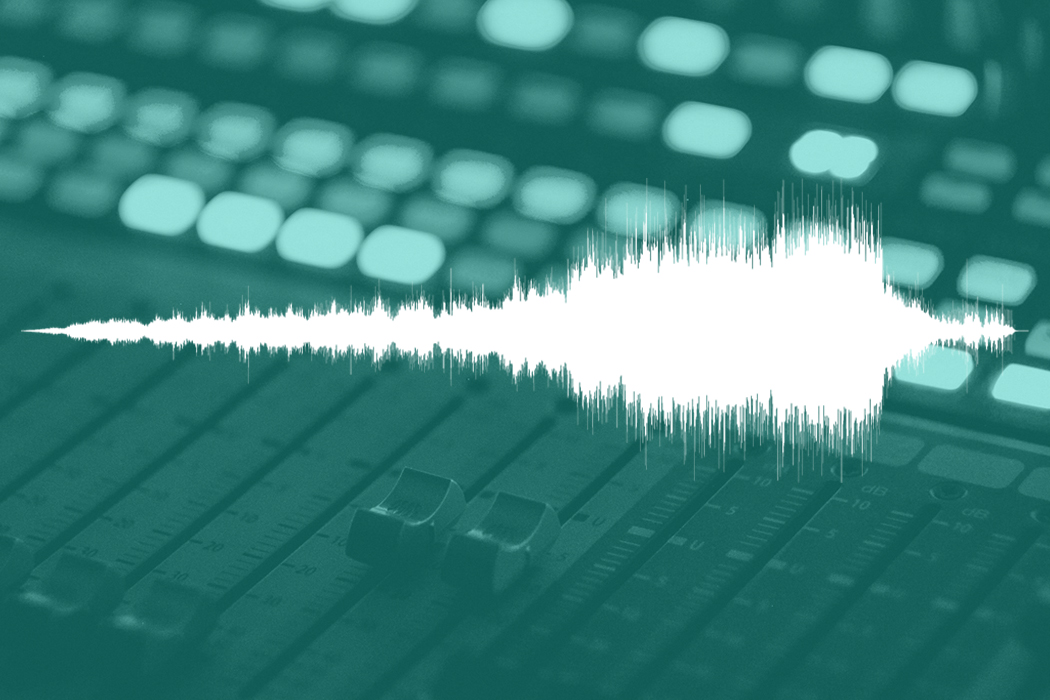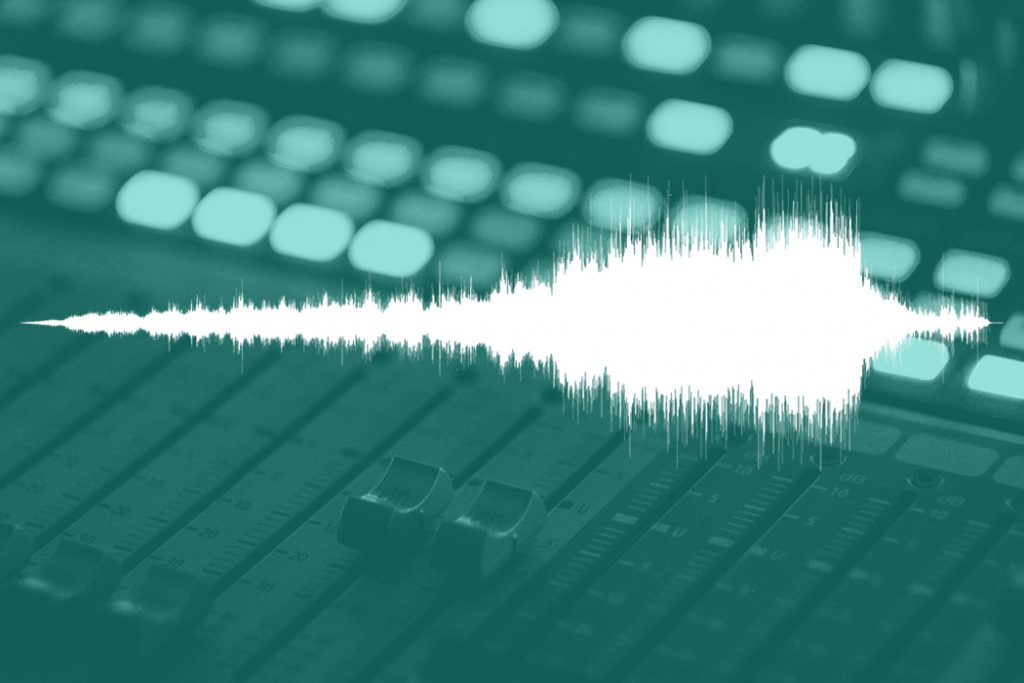
+ Learning to record and mix at home? Check out Soundfly’s acclaimed online courses on mixing, production, and beat making — preview any and all for free!
Music sounds better in stereo. It’s just a fact.
There’s nothing like hearing the full width and depth of a well-mixed song in both ears. So why would you want to mix music in mono?
Before I answer that question, let me first define mono mixing.
What Is Mono Mixing?
Mono is when the left and right speakers are combined into one single channel. This brings every instrument to the middle, regardless of the panning levels you previously set.
So when you mix in mono, you turn on the “mono” button and then set the volume and panning levels. You’ll notice that when you pan an instrument, it doesn’t move left or right. It just becomes fainter.
But why would you ever opt for mono mixing over stereo mixing? Let’s talk about that!
Why Mix In Mono?
It can be a smart idea to mix in mono because many people listen to music in mono. People listen to music on their phone speakers, or they use only one earbud at a time. And many bars and shops have a mono speaker setup. Ideally, you want to make sure your mix sounds good in all of those contexts, not just on studio monitors or nice headphones.
Mixing in mono can be a bit tricky, but if you do it right, you can get much better results than if you only mixed in stereo. For example, you can make a song sound great by panning instruments with similar frequency spectrums left and right. But often when you crunch that into mono, those instruments can often trample all over each other. This is why checking how your mix is performing in mono can be so beneficial.
Speaking of well-done mixing, if you’re looking to level up your understanding of mixing concepts and gain experience practicing them, check out Soundfly’s popular online course, Faders Up: Modern Mix Techniques. Here’s a short clip.
How Do You Mix In Mono?
Every DAW has a mono button. Simply put, just turn it on and start mixing! When you’re mixing in mono, focus on the volume levels of the different instruments. You want everything to be audible, yet for the most important instruments (or vocals) to stand out.
To do this, mix in “height order.” What does that mean?
Basically, it means mixing by importance. Here’s how to do it: bring all the faders down, then turn each instrument up one at a time, starting with the most important. Most of the time, the lead vocal is the most important thing. After that, importance varies depending on your genre.
- For acoustic singer-songwriters, the guitar or piano is the most important after the vocals.
- For hip-hop, it’s going to be the drums and bass.
- For rock music, it’ll probably be the guitars and drums.
You should also start with the most important part of the song. Usually, this is the section with the most happening all at once. This could be the second or third chorus (where the energy usually peaks), the bridge, or a big instrumental break or solo. So just loop that section of the song as you turn up and pan the instruments in order of importance.
Very important: when you mix in mono, it’s much better to use a mono sound source rather than a phantom image across a stereo speaker setup.
When Should You Stop Mixing In Mono?
Should you mix in mono all the time, exclusively? Well, not exactly.
It’s totally fine if you’re going to mix your entire song in mono. But before you bounce it, switch back to stereo to hear how it sounds. If you’ve mixed the song well, you may only need to make tweaks in stereo.
You can do it the opposite way too. Mix in stereo, then listen and make tweaks in mono before you bounce the song. Or you can split the difference and switch between stereo and mono throughout your mixing session. Either way, you’ll definitely want to do some mixing in mono for reference.
If you don’t mix in mono, you’re not preparing your song for every sound source.
Don’t stop here!
Continue learning about mixing, beat making, vocal recording, and DIY audio production, with Soundfly’s in-depth online courses, including Faders Up: Modern Mix Techniques, Pop Vocal Production, and Making Music in Logic Pro X. Subscribe for unlimited access here.




